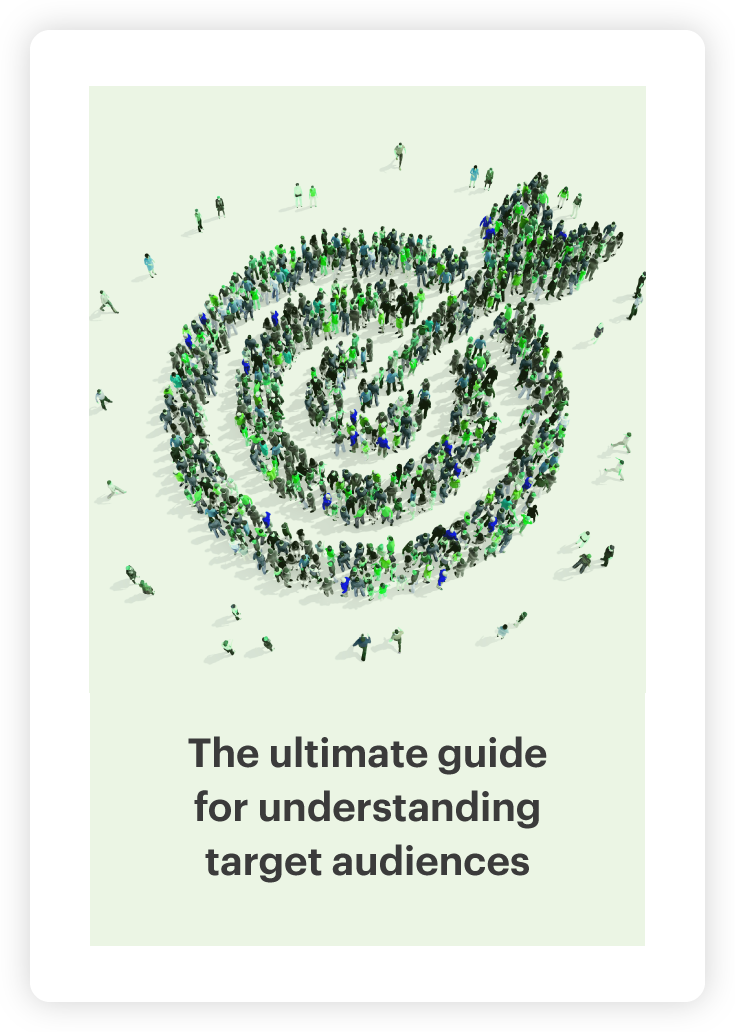Generating audience insights in Relative Insight

Setting yourself up for success with Relative Insight is simple – all you need is good data, trained users and an open mind. At its core, Relative Insight is a text analysis platform, used to analyze your audience, competitors and customers. Our technology compares any two or more sets of text data to uncover the differences in topic, words, phrases, grammar and emotion.
This method looks beyond the frequency of words to uncover the unique attributes of both sources. This approach supports an innovative understanding of demographic groups that can lead to actionable audience insights and marketing strategies.
Good Data
When we say data, we mean anything with words – this can range from social media conversations to focus group transcripts. Relative Insight can work with any textual data source, but it’s important to find the optimal source for your project and objective.
The larger the file, the better. When you analyze large numbers of words, you are working with a more accurate representation of communications. Larger files also give you the opportunity to uncover more insights. This data can come from existing company assets like survey responses or sought externally on forums. Combining data sources or expanding search criteria can help increase word count.
Broader topics or audiences can ensure that you have enough data to produce valuable insights. If you limit yourself to niche groups, it can become difficult to find accurate data sources or analyze your audience effectively. The wrong sources can limit your insight potential.
Open Mind
Sometimes the data you think you need, might not exist. In those cases, it’s important to keep an open mind and follow where the data that you do have, leads you. This might mean asking different questions or looking at different sources – the key to good comparison is discovery, rather than search.
Asking the right questions is a crucial part of the equation, and sometimes you don’t know what that question is until you ask it. That’s why it’s also important to ask as many questions as possible. This strategy helps you get the most use of your data and create an accurate depiction of the topic being analyzed.
Relative Insight has the unique ability to circumvent hypothesis-driven bias. You can (and should) ask a question without preconceived assumptions. Our technology will present to you the most interesting and significant bits of information, rather than proving (or disproving) what you think you already know. This objective method allows you to interpret the insights as they are, without bias.
Trained Users
Relative Insights offers training and educational resources for clients. Within the platform, you’ll see our Help Centre. This resource includes answers to common questions we see from clients – ranging from use cases to platform functionality.
All users also have the opportunity to attend Comparison University. This foundational training program gives users the necessary tools to navigate and use the platform with ease and understanding.
Users will have more success with a comprehensive understanding of Relative Insight and its capabilities. The interface is simple to use, but the intricacies of the platform are where you’ll find the most value.
These three tips will lead you to success. Without ample data, educated users and flexibility, it can be difficult to reach your full insight potential. Relative Insight has the capability to reveal eye-opening information, enhancing audience research and helping users better understand different demographics, competitors, trends as well as their own communications. We want you to get the most out of your Relative Insight experience, and analyze your audience on a deeper level, so let us show you how.
Webinar recording: Are you passing the vibe check?
